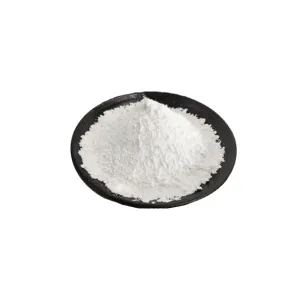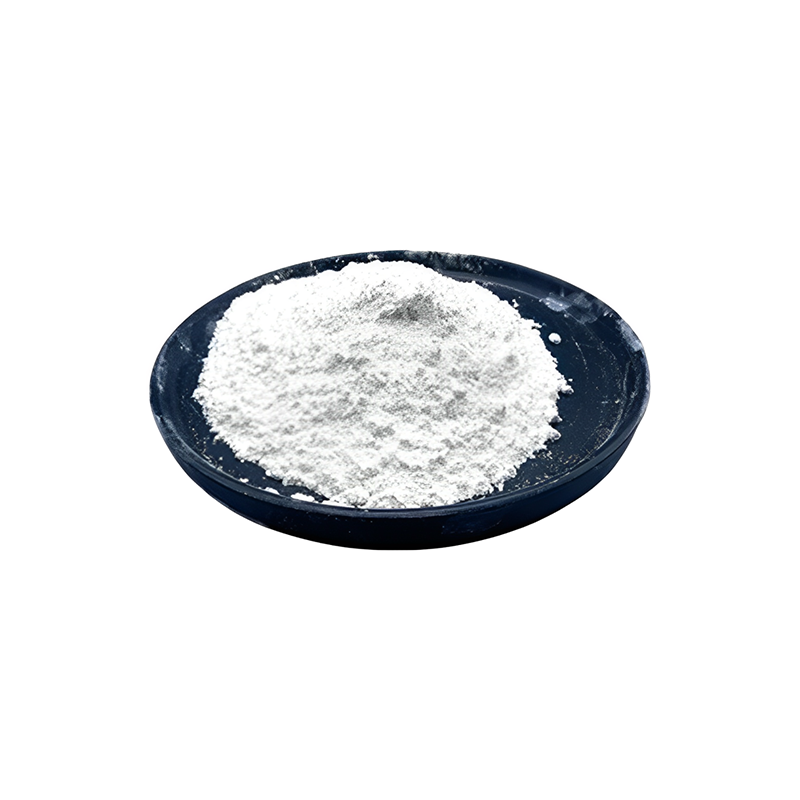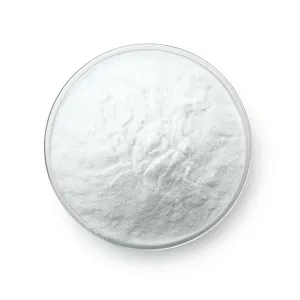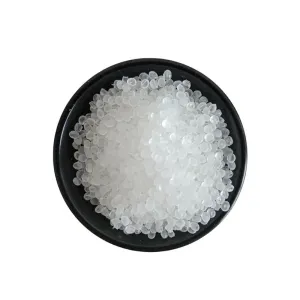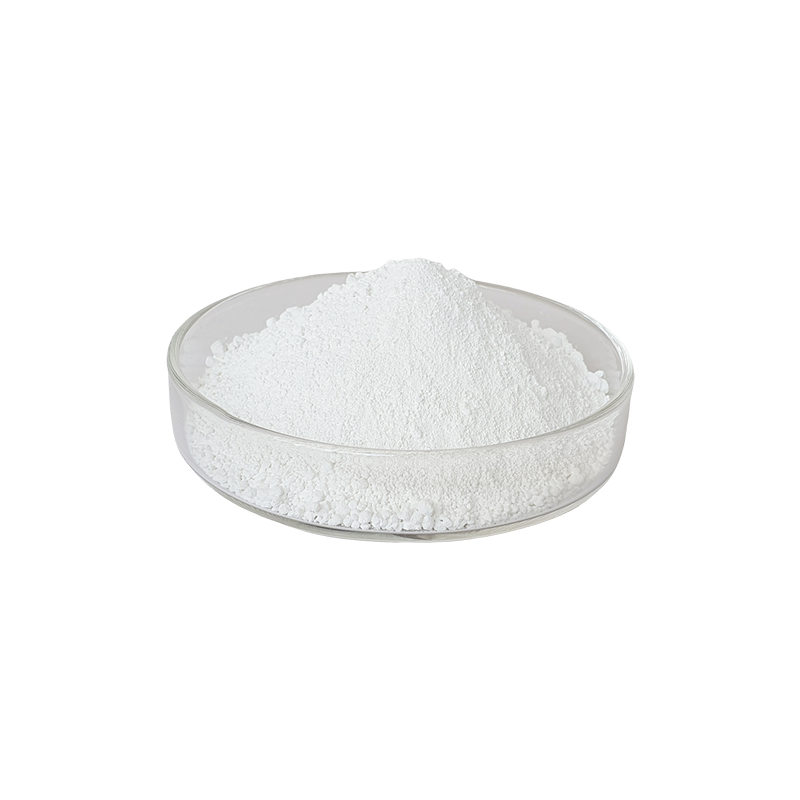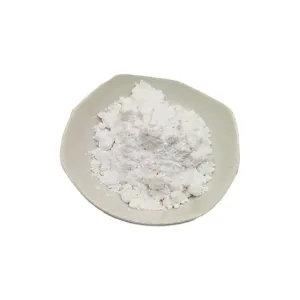The carburetor is a mechanical device that mixes a certain proportion of gasoline and air under the vacuum generated by the engine’s operation. As a precision mechanical device, the carburetor uses the kinetic energy of the inhaled air flow to atomize gasoline. Its important role in the engine can be called the “heart” of the engine. The complete device should include starting device, idle device, medium load device, full load device and acceleration device. The carburetor will automatically proportion the corresponding concentration and output the corresponding amount of mixed gas according to the different working conditions of the engine. In order to make the mixed gas mixture evenly mixed, the carburetor also has the function of atomizing the fuel. effect for the machine to operate normally.
Classification
Carburetors are divided into simple carburetors and complex carburetors. Carburetors can also be divided into downdraft and flat-draft types. Carburetors can be divided into rotary type and lift type based on the type of throttle valve. The rotary throttle is a disc-shaped throttle that rotates around an axis between the carburetor throat and the intake pipe to change the flow area of the intake duct. The lift-type throttle is constructed as a barrel-shaped plate-shaped throttle, which moves up and down at the throat to change the channel area at the throat. This form is often used in motorcycle carburetors. There is also a type of carburetor that is a hybrid form of the two. The rotary throttle is controlled by a human and the lift throttle is controlled by a diaphragm. This is also often used on motorcycles and is called the CV type.
Structure
A simple carburetor consists of upper, middle and lower parts. The upper part has the air inlet and float chamber, the middle part has the throat, measuring hole and nozzle, and the lower part has the throttle valve, etc. The float chamber is a rectangular container that stores gasoline from the gasoline pump. There is a float in the container that uses the height of the floating surface (oil surface) to control the amount of fuel. The oil inlet at one end of the middle nozzle is connected to the measuring hole of the float chamber, and the oil outlet at the other end is at the throat of the throat.
Principle
A carburetor is essentially a tube with an adjustable plate in the middle called a throttle plate that controls the flow of air through the tube. There is a constriction in the tube called a venturi where a vacuum is created. This constriction has a measuring hole through which fuel can be sucked in using a vacuum.
Atmospheric pressure spreads from high pressure to low pressure. When the piston of a two-stroke engine is at top dead center (or the piston of a four-stroke engine is at bottom dead center), a low pressure develops under the piston in the crankcase (above the piston on a four-stroke engine). At the same time, this low pressure will also cause low pressure in the carburetor. Because the pressure outside the engine and carburetor is higher, air will rush into the carburetor and into the engine until the pressures equalize. The air flowing through the carburetor will carry the fuel, which will then mix with the air.
Inside the carburetor is a section of pipe. The throat is the constriction inside the carburetor that forces air to accelerate through it. A river that suddenly narrows can be used to illustrate what happens inside a carburetor. The water in the river will speed up as it approaches a narrowing bank, and even faster if the bank narrows continuously. If the same thing happens inside the carburetor, the accelerated flow of air will cause the air pressure inside the carburetor to decrease.
The gasoline enters the carburetor from the fuel tank through the gasoline filter. The gasoline filter can filter out the impurities mixed in the gasoline and the oxide scale in the fuel tank. If the filter quality is defective, some impurities may still enter the carburetor through the filter. In addition, gasoline contains ingredients that can form colloid. After long-term deposition, colloid will condense and adhere to the parts of the carburetor (such as measuring holes), oil passages and the surface of the float chamber.
The air enters the carburetor through the air filter. Considering that the air intake resistance cannot be too large and other factors, the filter device cannot be too dense, so some tiny impurities in the air will still enter the carburetor through the air filter. If the filter quality is defective, it will cause more serious effects.
Many parts that make up the carburetor oil passage and air passage, such as the main metering hole, idle speed metering hole, main air metering hole, idle air metering hole, main foam tube, etc., all have holes with very small inner diameters (the inner diameter is 0.3 ~1.5mm), the gasoline impurities, colloids and impurities in the air that enter the carburetor will often change or block these pore diameters, causing the carburetor air passage and oil passage to be blocked and the carburetor supply Changes in oil properties may even cause carburetor performance failure.
Maintain
The normal maintenance of the carburetor is actually to maintain the cleanliness of the carburetor when it leaves the factory. This is controlled as a key indicator of carburetor quality assessment by professional carburetor manufacturers, who use various advanced equipment and processes to Every aspect of production is strictly controlled. Therefore, in order to ensure the normal use of the carburetor, attention must be paid to normal maintenance of the carburetor: clean the carburetor regularly, keep the oil passage and air passage of the carburetor clean, and keep the small holes unobstructed. This is also very important to extend the service life of the carburetor. Many carburetor performance problems can be solved by cleaning the carburetor regularly.

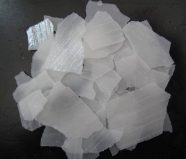
 June 3, 2024
June 3, 2024 